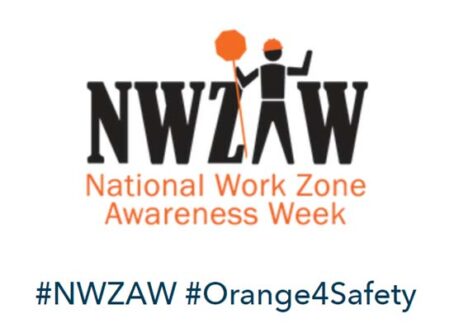Study suggests younger motorists were driving factor in traffic fatalities drop
A Transportation Research Board study looked into what caused traffic fatalities to drop from 2008 to 2012. It found that younger drivers disproportionately contributed to the decrease.
According to the TRB, between 2005 and 2011, the number of traffic fatalities declined by 11,031. This decline amounted to a reduction in traffic-related deaths by 25.4%, by far the greatest decline over a comparable period in the last 30 years. So what factors contributed to the drop in traffic deaths? The board’s study was published Oct. 3.
The short answer: a recession.
Younger drivers hit hardest by recession
TRB points out that, historically, significant drops in traffic fatalities over a short period of time have coincided with economic recessions. In the recession that began in December 2007 and ended in June 2009, those 25 and under may have been hit the hardest.
According to the study, the most significant contributor to the decrease in traffic deaths after 2007 were substantial increases of unemployment among teens and young adults. Economic constraints limited travel, both discretionary and leisure.
The study also suggests that modification of risky driving behavior was likely a result of economic struggles. Considering teens and young adults generally contribute the most to traffic fatalities, the economic recession’s consequence of taking those drivers off the road had a bit of a silver lining.
“The percentage of drivers 25 and under declined beginning in 2008, and the decline continued through 2012,” the study states. “Considering all fatalities, not just drivers involved in fatal crashes (whether or not they were fatally injured), the reduction in traffic fatalities in 2008 and later was disproportionately a decline in the number of people under 26 who died in traffic crashes.”
The recession also reduced driving for the population as a whole. This was exacerbated by steadily increasing fuel prices. Gasoline steadily increased before plummeting in 2008 then sharply rising again.
Rural vs. urban travel
Considering speed limits and mileage of all roads, most traffic fatalities occur in rural areas compared with urban areas. From 2001, urban vehicle miles traveled began to increase before flattening just before the recession. However, rural vehicle miles traveled trended downwards in the same time frame, continuing to do so during the recession.
With a shift from rural travel to urban travel, the result was a lower fatality rate per vehicle miles traveled.
“In 2007, about 6.5% of traffic fatalities occurred on rural interstate highways, 21.7% on rural arterials and 28.1% on other rural roads,” researchers found. “However, about 8.4% of the decrease in fatalities, 2008-12, was accounted for by fewer traffic fatalities on rural interstate highways and 31.1% of the reduction was accounted for by rural other roads.”
Newer, safer vehicles reduced traffic fatalities
Advances in safety standards may have contributed to the decrease in traffic fatalities. More specifically, Federal Motor Vehicle Safety Standards No. 126.
According to the study, FMVSS 126 requires electronic stability control in all cars and light truck vehicles (which includes minivans and SUVs). The rule was released in 2007 and requires electronic stability control in all model year 2012 cars and newer. Manufacturers began including the system as standard before 2012.
One report cited in the study claims that electronic stability control was responsible for a 60% reduction of fatal single-vehicle rollovers. Another study reported a 41% reduction in single-vehicle crash involvement, and a 56% reduction in single-vehicle fatal crash involvement.
Higher standards for the New Car Assessment Program star ratings, which encourages competition regarding safety among manufacturers, also may be a factor. From 2005 to 2007, the program updated rear-impact standards to reduce fires after a crash. Roof crush standards were updated in 2009, and improvements to the side door beam regulations were established in 2010.
Simply wearing a seatbelt is enough. The study points out that in 2001 the national average for observed seat belt use was 73%. By 2012, that rate had increased to 86%. From 2001 to 2012, 14 states strengthened their seat belt laws.
Alcohol regulations and traffic fatalities
Variances and changes to approaches to alcohol-impaired driving were also noticeable within time frame. This suggests that stricter DUI laws may have been a contributing factor.
During the 2008-12 period, two states had no jail time for first time DUI offenders, 18 states had up to one year and two allowed up to two years in jail. Fines also greatly varied, ranging from $250 for a first offense to up to $10,000.
Ignition interlock devices could have been a game changer. In 2001, Oregon was the only state with an ignition interlock provision for a first offense. By 2012, 12 states had one for a first offense. Additionally, 39 states for a second offense and 41 for a third offense.
Drinking in general declined from 2001 to 2012. According to data from the National Institute on Alcohol Abuse and Alcoholism, beer is by far the most consumed alcohol. For example, in 2001, the per capita consumption of beer was 1.2 “gallons of ethanol equivalent.” However, consumption for spirits was half that at 0.6, with wine consumption at 0.3. Beer consumption from 2001 to 2012 steadily declined, establishing a correlation with decreased beer consumption and fewer traffic fatalities.









